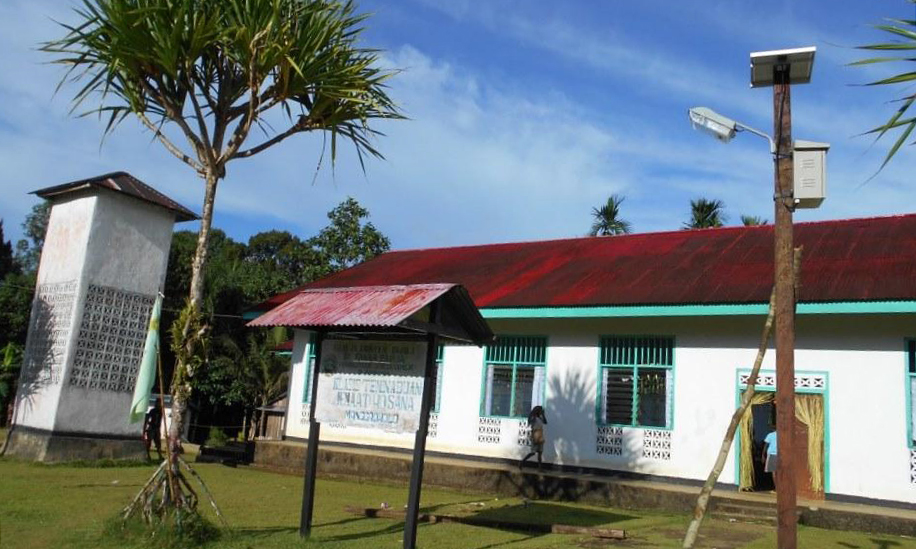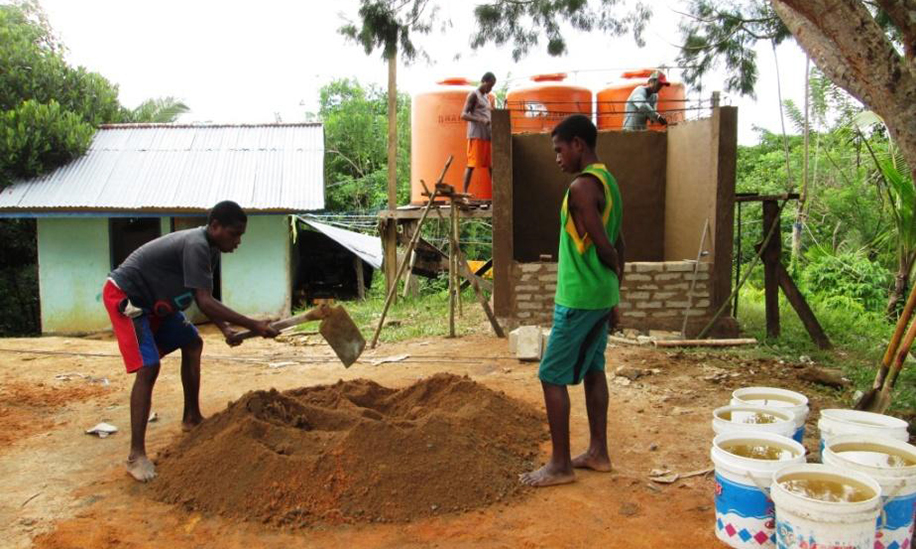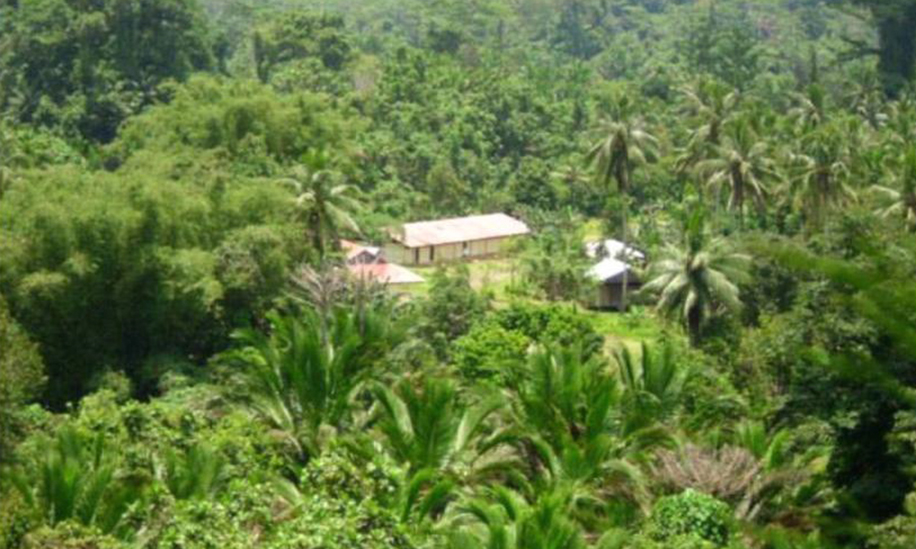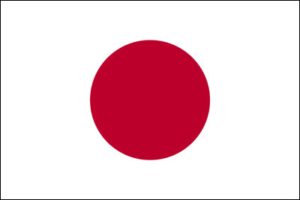Manggroholo and Sira are neighboring villages in a remote and undeveloped area of West Papua. The combined population of the two villages is about 450 people. Most community members are indigenous Knasaimos people, who are the traditional owners of a large section of primary forest crisscrossed by rivers and streams. They are mainly subsistence forest hunter-gatherers and small-scale farmers. With Greenpeace and a local NGO, Bentara Papua, the villagers mapped out all 81,000 hectares (200,155 acres) of their traditional forests. The regional government has recognized and approved the mapping.
Palm oil companies are putting pressure to make inroads into their forest, but the villagers have resisted so far. Their forest is crucial to their religious and ancestral rites and is a source of sustenance and medicine. Community members also harvest and sell non-timber products such tree sap resin, rattan, and bamboo. To preserve their lands, the villages set aside 4,100 hectares (10,131 acres) of forest in 2005 as a no-take zone.
The villages are in critical need of reliable fresh water. Currently, women draw water from nearby streams and rivers, but clean water is extremely scarce at certain times of the year. Seacology is funding a village-wide fresh water system. In return, the community will keep protecting their no-take forest area for at least 15 years.





